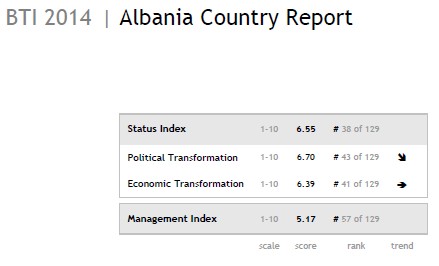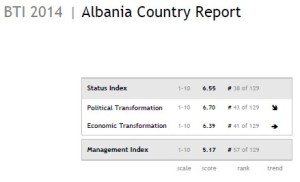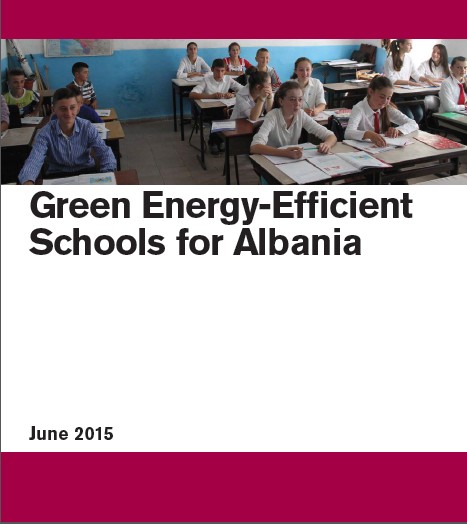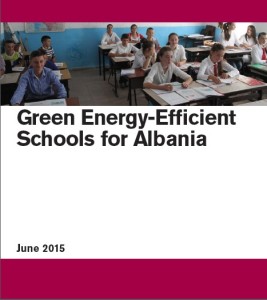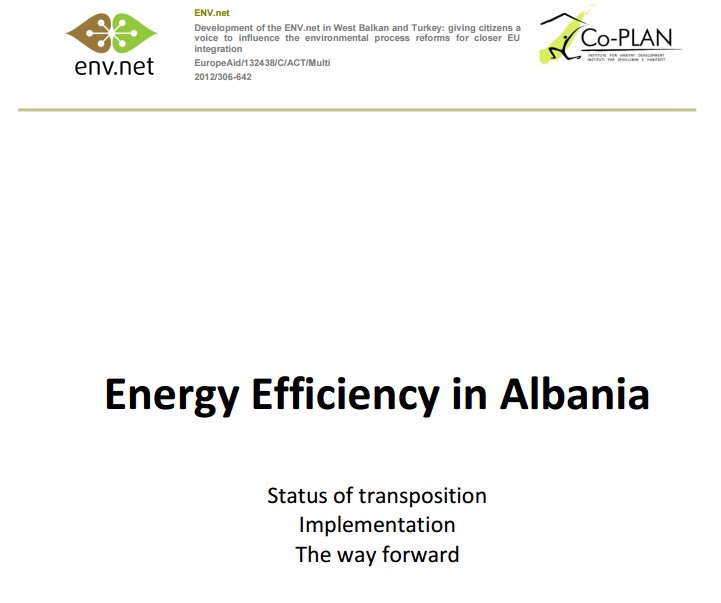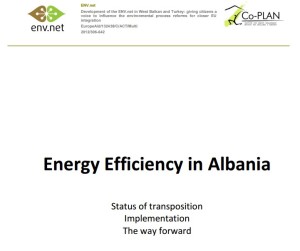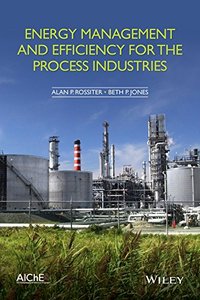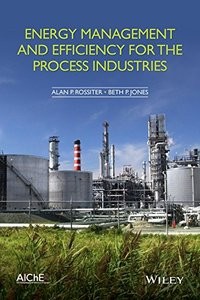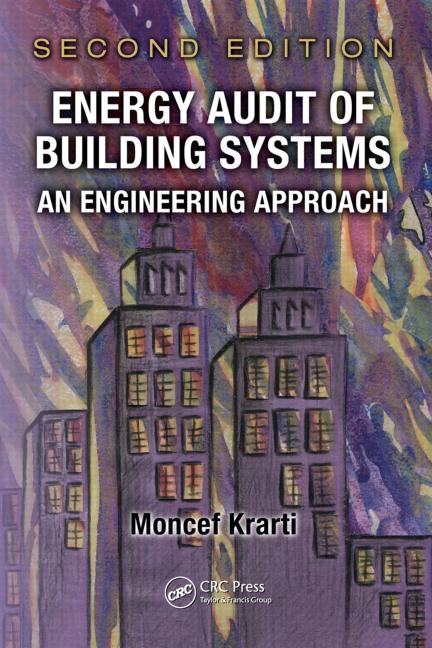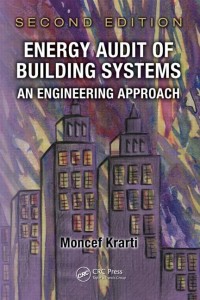Features
- Describes state-of-the-art energy efficiency techniques, providing chapter-end abstracts and summaries
- Includes simplified calculation methods for evaluating effectiveness of various efficiency measures
- Takes a systematic approach to energy analysis of building energy performance
- Covers fundamental principles and concepts of heat transfer, HVAC, engineering economics, energy simulation, and electrical systems for buildings
- Addresses other building considerations, including thermal comfort, indoor air quality, and water management
Summary
 Buildings account for almost half of total primary energy use and related greenhouse emissions worldwide. Although current energy systems are improving, they still fall disappointingly short of meeting acceptable limits for efficiency.
Buildings account for almost half of total primary energy use and related greenhouse emissions worldwide. Although current energy systems are improving, they still fall disappointingly short of meeting acceptable limits for efficiency.
Well-trained energy auditors are essential to the success of building energy efficiency programs—and Energy Audit of Building Systems: An Engineering Approach, Second Edition updates a bestselling guide to helping them improve their craft. This book outlines a systematic, proven strategy to employ analysis methods to assess the effectiveness of a wide range of technologies and techniques that can save energy and reduce operating costs in residential and commercial buildings.
Useful to auditors, managers, and students of energy systems, material is organized into 17 self-contained chapters, each detailing a specific building subsystem or energy efficiency technology. Rooted in established engineering principles, this volume:
- Explores state-of-the-art techniques and technologies to reduce energy consumption in buildings
- Lays out innovative energy efficiency technologies and strategies, as well as more established methods, to estimate energy savings from conservation measures
- Provides several calculation examples to outline applications of methods
To help readers execute and optimize real building energy audits, the author presents several case studies of existing detailed energy audit reports. These include results from field testing, building energy simulation, and retrofit analysis of existing buildings, with recommendations based on sound economic analysis. Examining various subsystems, such as lighting, heating, and cooling systems, it provides an overview of basic engineering methods used to verify and measure actual energy savings attributed to energy efficiency projects. The author presents simplified calculation methods to evaluate their effectiveness and ultimately improve on them. Ideal either as a professional reference or a text for continuing education courses, this book fortifies readers’ understanding of building energy systems, paving the way for future breakthroughs.
[embeddoc url=”https://info.aea-al.org/wp-content/uploads/2015/07/1439828717.pdf” viewer=”google”]

 During the late 1970s, when I was a graduate student just stepping into the petroleum arena and working toward my doctorate, the biggest fear in this field was the Organization of Petroleum Exporting Countries (OPEC). At that time, OPEC had an extraordinary influence over world oil industries. Baby boomers will remember the notorious “OPEC shock” of the ’70s, which caused panic in this country and had an immediate economic impact all over the world. More than a quarter-century later, that worry has diminished. OPEC’s ability to control the industry has immensely decreased, mostly because of the increasing availability of unconventional resources around the world. The vast oil sands deposits found in Canada—which are the second largest reserve, after the conventional resources in Saudi Arabia—changed everything. Few would disagree that the balance of power has shifted from the Middle East to the West. Canadian oil sands have become the focal point and comprise a major future energy source for the entire world—and will remain such as long as the price of conventional oil remains high.
During the late 1970s, when I was a graduate student just stepping into the petroleum arena and working toward my doctorate, the biggest fear in this field was the Organization of Petroleum Exporting Countries (OPEC). At that time, OPEC had an extraordinary influence over world oil industries. Baby boomers will remember the notorious “OPEC shock” of the ’70s, which caused panic in this country and had an immediate economic impact all over the world. More than a quarter-century later, that worry has diminished. OPEC’s ability to control the industry has immensely decreased, mostly because of the increasing availability of unconventional resources around the world. The vast oil sands deposits found in Canada—which are the second largest reserve, after the conventional resources in Saudi Arabia—changed everything. Few would disagree that the balance of power has shifted from the Middle East to the West. Canadian oil sands have become the focal point and comprise a major future energy source for the entire world—and will remain such as long as the price of conventional oil remains high.
